

Our planet is home to some truly awe-inspiring and enigmatic locations, many of which remain shrouded in mystery due to their extreme depth, isolation, or the enigmatic forces that shape them. From the deepest points on Earth to the unexplored reaches of space, these places have captivated scientists, explorers, and the public alike. In this article, we will explore some of the deepest, most mysterious places on Earth and beyond, highlighting their geological, historical, and scientific significance.
The Mariana Trench is the deepest part of the world’s oceans, reaching a depth of approximately 36,070 feet (10,994 meters). Located in the western Pacific Ocean, it is more than 1,500 miles (2,400 km) from the nearest land. The trench’s lowest point, known as the Challenger Deep, is the deepest known point on Earth.
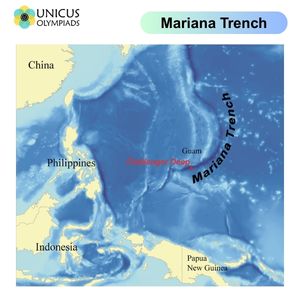
Lake Baikal is located in Siberia, Russia, and is the world’s deepest freshwater lake, with a depth of about 5,387 feet (1,642 meters). It contains around 20% of the world’s unfrozen freshwater, making it the largest freshwater lake by volume.
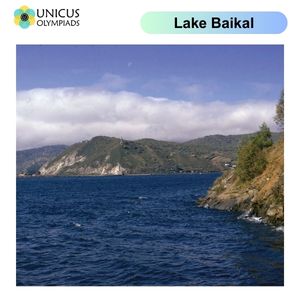
Located at the bottom of the Mariana Trench, the Challenger Deep is the deepest point in the world’s oceans, plunging to a depth of approximately 36,070 feet (10,994 meters). Named after the HMS Challenger, which conducted the first survey of the trench in 1875, this deep area remains one of the most mysterious parts of the planet.
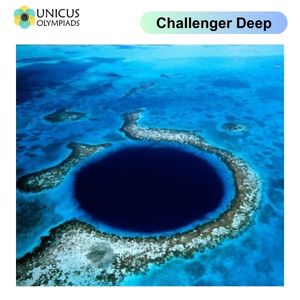
The Bermuda Triangle, also known as the "Devil’s Triangle," is an area of the North Atlantic Ocean bound by points in Miami, Bermuda, and Puerto Rico. It has become famous for the mysterious disappearances of ships and aircraft over the years.
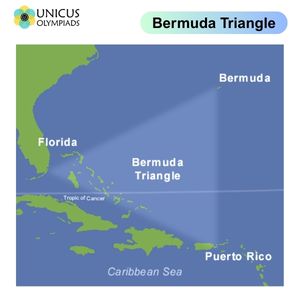
The Lost City of Atlantis is a mythical island described in the works of the ancient Greek philosopher Plato. According to Plato’s accounts, Atlantis was a powerful and advanced civilization that sunk into the ocean, disappearing without a trace.
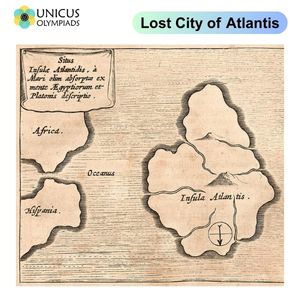
The Nazca Lines are a collection of large geoglyphs located in the Nazca Desert of southern Peru. These massive designs, which can only be fully appreciated from the air, include images of animals, plants, and geometric shapes.

The dark side of the Moon refers to the hemisphere of the Moon that is never visible from Earth due to the Moon’s synchronous rotation, where it always shows the same face to our planet. While the term "dark" is misleading, as the side receives sunlight, it remains a mysterious and less studied area.
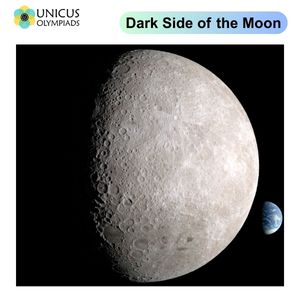
The Oort Cloud is a theoretical region of icy objects located far beyond the orbit of Pluto, marking the outermost boundary of our solar system. It is thought to be the source of long-period comets that occasionally enter the inner solar system.
